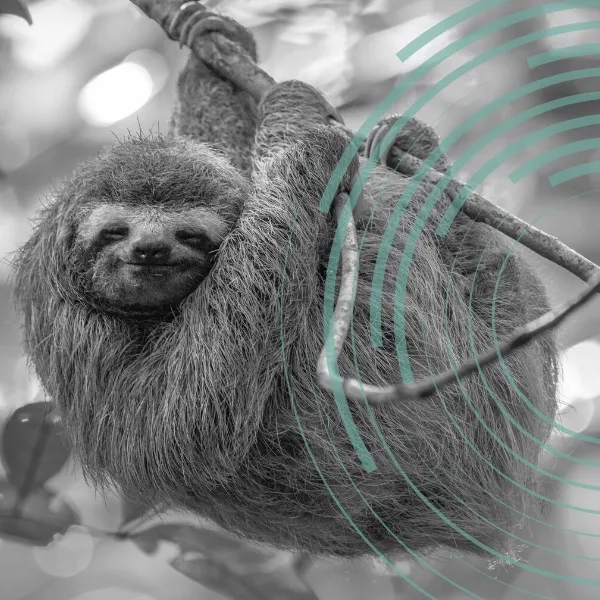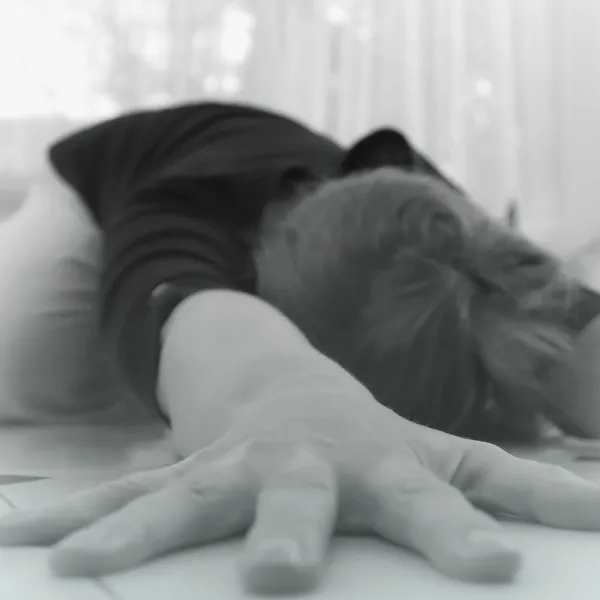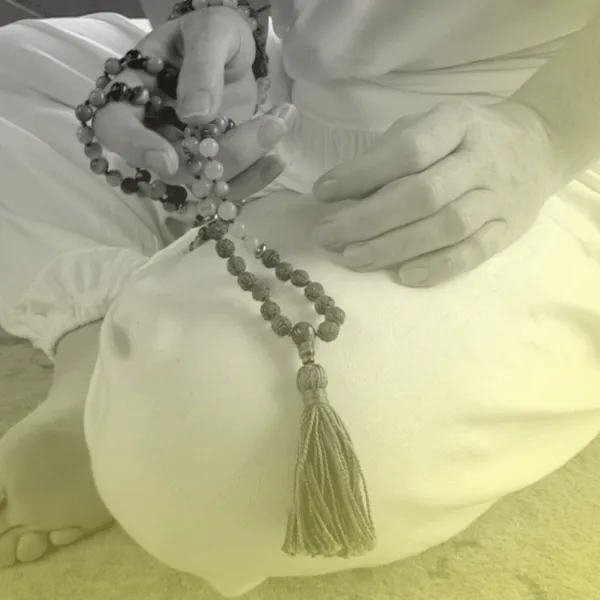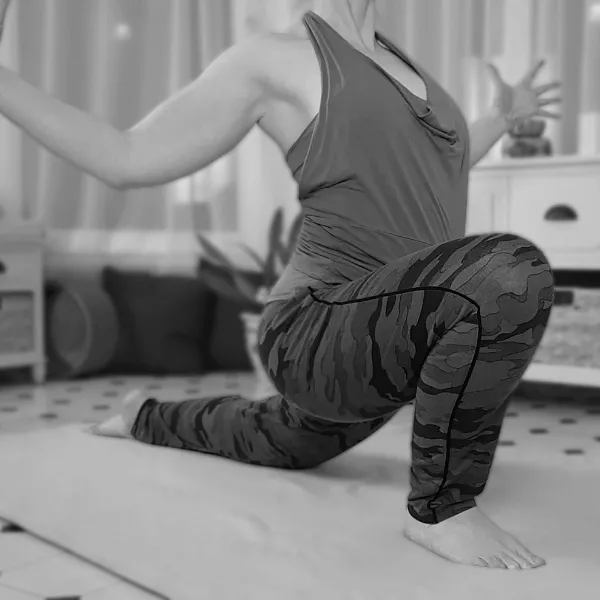How to be more mindful in 5 steps
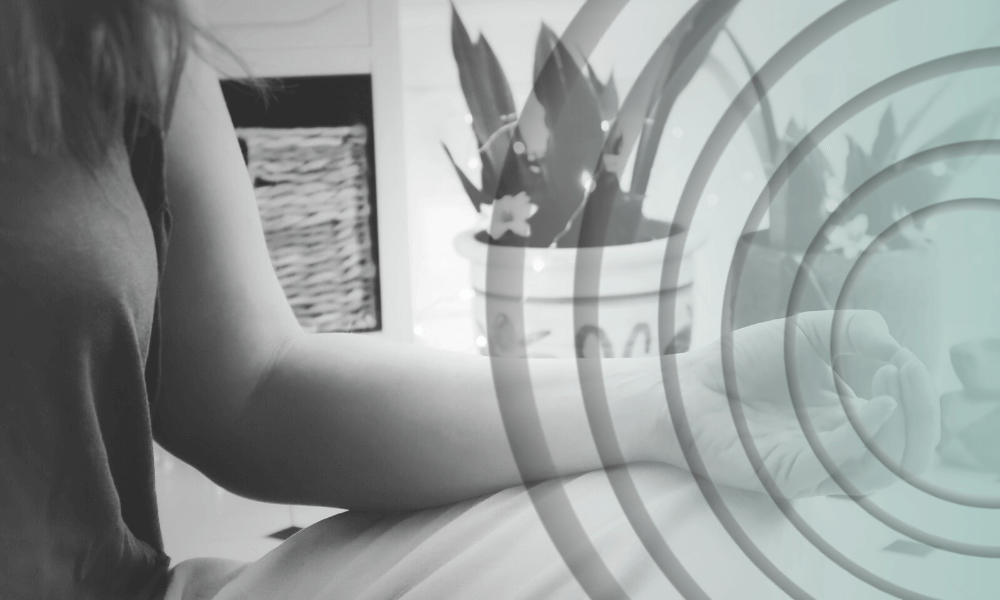
Schedule in a bit of mindfulness, they say. Do less to be more, they say.
Do you read that and find yourself thinking “Who is they and how the heck do they have the time? I’m barely keeping my head above water some days never mind adding in this mindfulness stuff!”
If that’s what you think when someone suggests you try a bit of mindfulness in your life you are certainly not alone.
I mean it’s not easy, balancing family life, work-life, sleep, exercise, hobbies, friendships, and your never-ending to-do list; it’s honestly no wonder you push back at the idea of adding mindfulness to the mix.
But here’s the plot twist. Becoming more mindful doesn’t necessarily have to take up more time. Mindfulness can be integrated into the things you already do and in truth, it’s probably more powerful that way.
What is mindfulness really?
Mindfulness is one of those overused terms that comes dangerously close to being a buzzword.
Its roots lie in Buddhist religious practice around meditative attention—focusing on inhabiting the present moment without attachment to external experiences or inner thoughts or feelings.
Modern mindfulness is loosely based on the Buddhist concept of Sati, as described in the Buddhist text the Four Foundations of Mindfulness.
This practice can be very effective for some - it’s been my go-to tool for living a better life for many years – while it does absolutely nothing for others and having someone shove it down your throat ain’t gonna make it work for you.
It’s not the cure-all it’s been sold as yet, as this ancient practice has been reinvented into a billion-dollar industry providing the solution for everything from depression to weight loss you might be forgiven for thinking it is.
In simple terms, mindfulness encourages the practitioner to get curious about the experience, being aware of your surroundings and circumstances in order to gain more control over how you process them.
Mindfulness doesn’t have to be that hard
So often you read about mindfulness and the first thing you’re asked to do is sit quietly and follow your breath. You know what, that’s really hard to do, if not near impossible for a beginner.
It’s not uncommon for first-time meditators to struggle with this seemingly simple act, and so they give up before ever giving it a chance.
There is a whole universe of practices within the mindfulness tradition, why start with the one that in the beginning, feels hard as hell and time-consuming?
What if there was no right or wrong? No space to feel like you can’t even follow the foundation of the practice.
What if mindfulness was as simple as taking a walk?
Mindfulness in the real world
When you go for a walk, do you always have earbuds in blasting your favourite tunes or maybe listening to a podcast? Perhaps your mind wanders to the food shop you need to do this week or the to-do list that’s longer than Rapunzel’s hair.
There’s nothing wrong with any of that but you might try taking out your earbuds and getting really conscious of the sounds you can hear. Notice your environment, like the colours of the leaves, the scent of fresh flowers. Feel the cold air against your cheek. As you walk, synchronise your breath and movement slowing your steps and allowing yourself the opportunity to saunter.
“It is a great art to saunter”
Henry David Thoreau
Mindfulness rather like yoga isn’t something to be ‘done’ each day then ticked off your to-do list, only to be forgotten about till the next time. It’s a life choice, something you live and breathe in every moment.
Rather than thinking about something else while I’m doing a particular activity, I choose to be conscious of what it is I’m doing at that moment. This doesn’t require a yoga mat or a special cushion. You don’t have to sit on the floor with your legs crossed and your mala beads in hand. There is an opportunity to be mindful every second of every day.
But take note: there’s nothing wrong with you if your mind wanders. Sometimes you need to daydream, to think, to process. Being present is great but like all things in this life, you must find balance. Too much of even the most wonderful thing will soon lose its shine.
Mindfulness can be present in daily activities like:
- Vacuuming the house
- Listening to music
- Drinking a cup of tea
- Washing your hair
- Giving your loved ones a hug
- Listening to your kids when they share a story
Think about some of the daily activities you don’t give your full attention to – especially the boring ones you can do on autopilot.
Here’s an example of a daily activity that introduces a little mindfulness into my mornings.
I have an electric toothbrush. The program runs for 2 mins. Every 30 seconds it makes a little zrrrrrrp, sound to let me know to move onto the next area of my mouth. I can’t tell you how often my toothbrush switches off and I realise I’ve had it in the same place for the whole time, just blanking the experience as my awareness travels to some distant memory or a point in the future yet to happen.
The mornings I stay present as I clean my teeth, I find it a much more satisfying experience and it sets the tone for my day.
You might like: Simple Self Care For Real Life
Thought Loop
Mindfulness is a process for learning how you can stop a thought loop in its tracks and noticing the thoughts that you play on repeat.
Once you have that awareness the next step is to work out how you have a different thought.
Begin to notice what’s going on around you, how do you feel, what are you experiencing with your senses? What thoughts are coming up for you?
It’s normal to find your mind wandering after long periods of time so just guide your awareness back gently to the present moment and the current activity. This is a practice, it takes time and patience and most of all consistency so remember to be kind.
Try these steps to get started:
- Choose three daily activities you could do more mindfully
- As you complete these activities, get curious about them.
- Consciously explore what you are doing and see how much you can notice about the experience you are having. If you feel bored, explore the boredom, if you are having a good time, ask yourself how you can do more of this in your life.
- If you notice your mind wandering, gently bring your focus back to the activity
- Remember that it's alright if your mind does wander! Each time you bring your attention back to the present, you are strengthening your mindfulness muscle, becoming more mentally resilient.
What will you bring more mindfulness to today?

